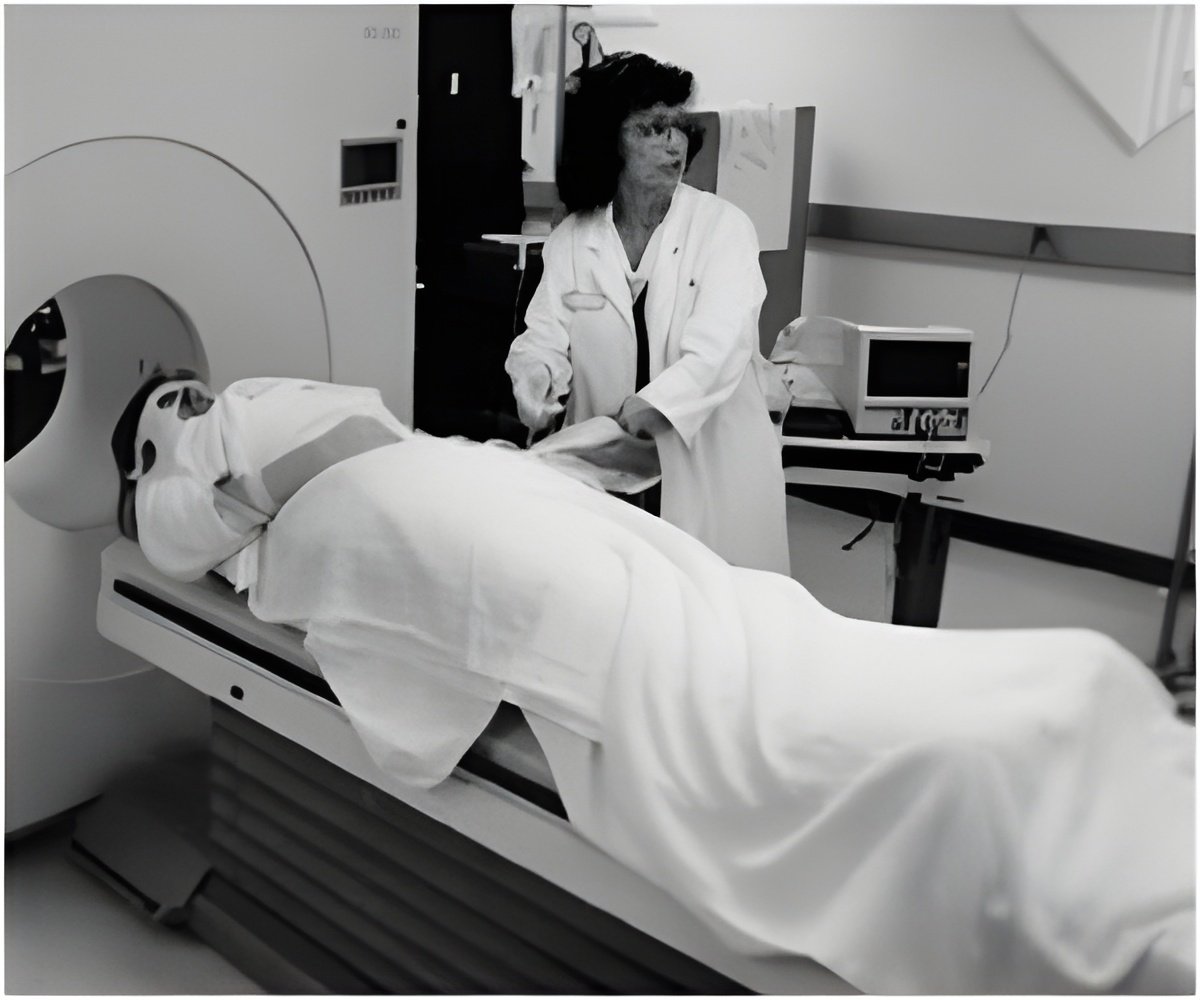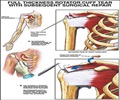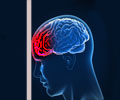Researchers have used susceptibility-weighted imaging (SWI) and have identified microstructural changes in the brains of male and female college-level ice hockey players.

Susceptibility-weighted imaging (SWI) is a high-resolution three-dimensional gradient-echo magnetic resonance imaging (MRI) technique that is particularly sensitive to the presence of blood and blood-breakdown products. SWI can be used to detect cerebral microbleeds, which are small hemorrhages that appear hypointense (contrasting to the appearance of other parts of the brain) on T2*-weighted magnetic resonance images. These microbleeds are often the result of traumatic brain injuries (TBIs). Until now SWI has been used to detect microbleeds larger than 5 millimeters—often a sign of severe TBI. In this study, Helmer and colleagues used SWI to detect clusters of much smaller cerebral microbleeds—ones that are too small to be seen with the naked eye but could represent acute and chronic injuries to the brain due to concussion or subconcussive events.
The authors report findings in college-level ice hockey players (25 men and 20 women) who initially agreed to participate in the study. These results document the innovative SWI analysis of the participating athletes prospectively during the hockey season, including pre- and post-season testing. Some of these athletes reported a history of concussion prior to the study period and some reported receiving no such injuries. During the season, 5 male and 6 female athletes sustained concussions that were identified and diagnosed by independent (study) medical specialists that attended each game. These athletes underwent additional SWI at 72 hours, 2 weeks, and 2 months after their injuries as well as serial clinical and neuropsychological evaluations. The researchers identified small clusters of hypointensity, which can be related to concussion (mild TBI), on SWIs obtained at time points in all participants. To compare the extent of these hypointense regions within and between individual athletes and groups of athletes, the researchers calculated a hypointensity burden (HIB) metric for each athlete at each SWI time point.
Helmer and colleagues report no significant change in the HIB value between the beginning and end of the hockey season in either male or female athletes who did not sustain a concussion. When the researchers compared HIB values in nonconcussed athletes according to sex, however, they did identify significant differences both at the beginning and end of the season, with male athletes having significantly higher mean HIB values than female athletes at both time points.
Among the athletes who did sustain a concussion during the season, the researchers report a statistically significant difference between the HIB value determined at the beginning of the season and that determined 2 weeks after concussive injury in male athletes and a similar—albeit not significant—difference in the HIB value during the same period in female athletes. These changes in HIB values point toward damage sustained at the time of impact as well and may indicate later effects of concussion. It is not unusual for a TBI to produce a two-pronged effect: immediate damage from the impact and secondary damage from injury-induced metabolic changes in the brain. In concussed athletes, the researchers also identified a difference in HIB values between the sexes, with male athletes having higher mean HIB values than female athletes at all SWI time points throughout the season.
The authors note that not all clusters of hypointensity seen on susceptibility-weighted images may represent small microbleeds; some may prove to be false-positive findings. However, given changes in the HIB metric following concussion, the researchers believe that SWI may be a useful diagnostic tool in detecting the effects of concussive impacts over time.
Advertisement
In summarizing the value of SWI for detecting injuries due to concussion in athletes participating in contact sports, the researchers state: "Data acquired using this method could be used for the monitoring of players throughout their careers and could lead to improved diagnoses and return-to-play guidelines."
Advertisement
Source-Eurekalert









